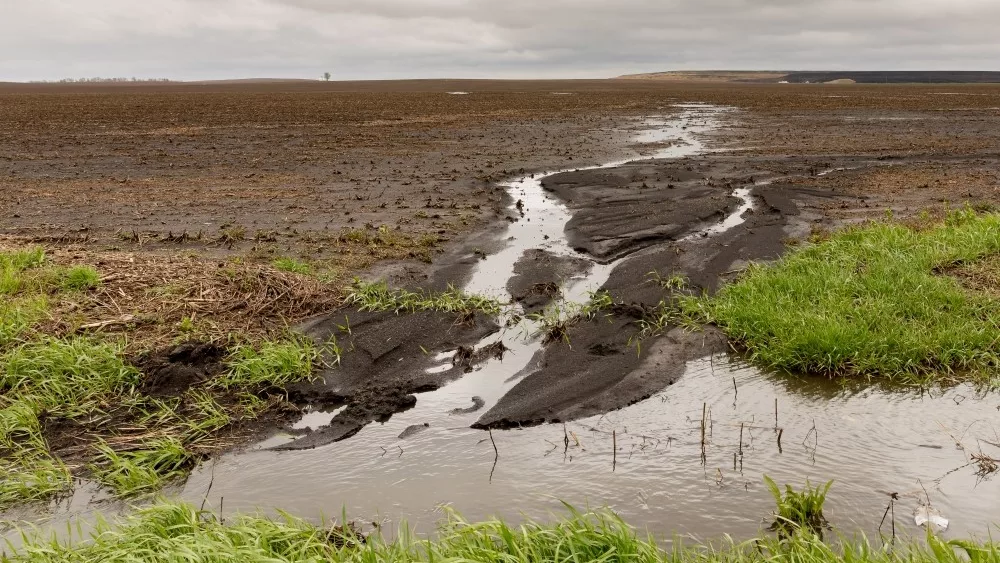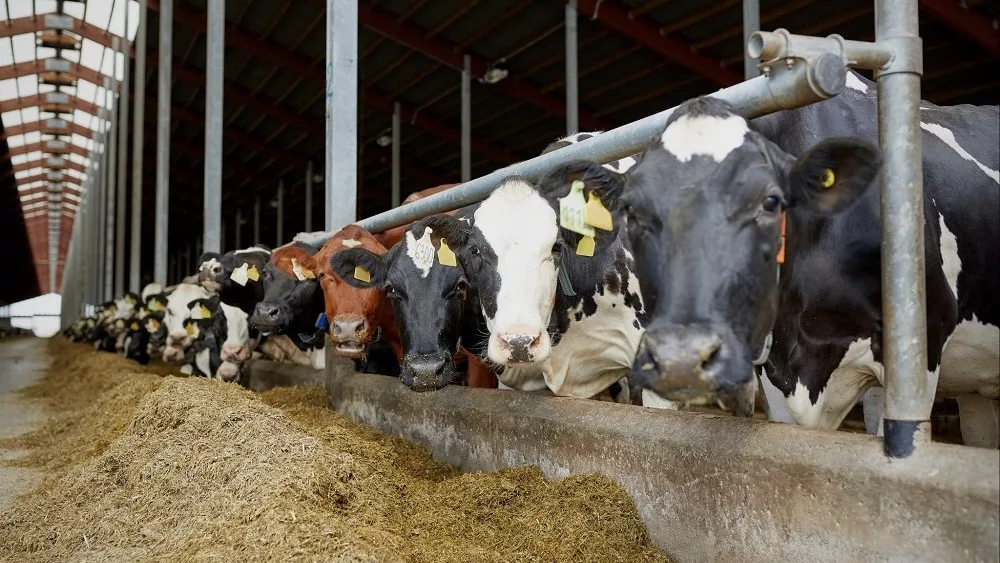
Harvest might be starting for some, and it looks like the dominate storyline for Michigan’s corn this season will be black tar spot.
Wetter weather from this summer has made conditions for the foliar disease just right.
“Unfortunately that’s causing some early death on the corn, so we’re seeing combines rolling a bit earlier this year than in years prior,” says Tom Manney, technical agronomist for Specialty Hybrids.
He says growers are seeing a dip in kernel size and weight. There is no hybrid available that is resistant to tar spot. He has noticed a few Specialty varieties that have increased tolerance.

“Our 34G007 and 36D260 looks like they’re pretty healthy,” says Manney. “We’re working hard to evaluate the products because I think that’s going to be on the front of customers’ minds come this winter when they’re placing their seed order—what products are going to provide a level of protection against tar spot. Partnering that with fungicide applications is going to be the customer’s best opportunity for success in future years.”
As part of that early death, the plant cannibalizes itself and it compromises stalk integrity.
“When the late season thunderstorms come through those fields, you’re going to be at risk for the stalks falling over,” says Manney. “My advice is going out there and getting that corn as soon as you can—not waiting for that corn to hit 16 or 17 percent moisture. Get it in the bin before you have to worry about picking it off the ground.”
Many farmers start making decisions for the next year’s crop this time of year. Manney suggests using the ClimateApp to analyze your farm’s data this fall. For more information on digital tools or hybrids for next year, contact your local Specialty dealer.





